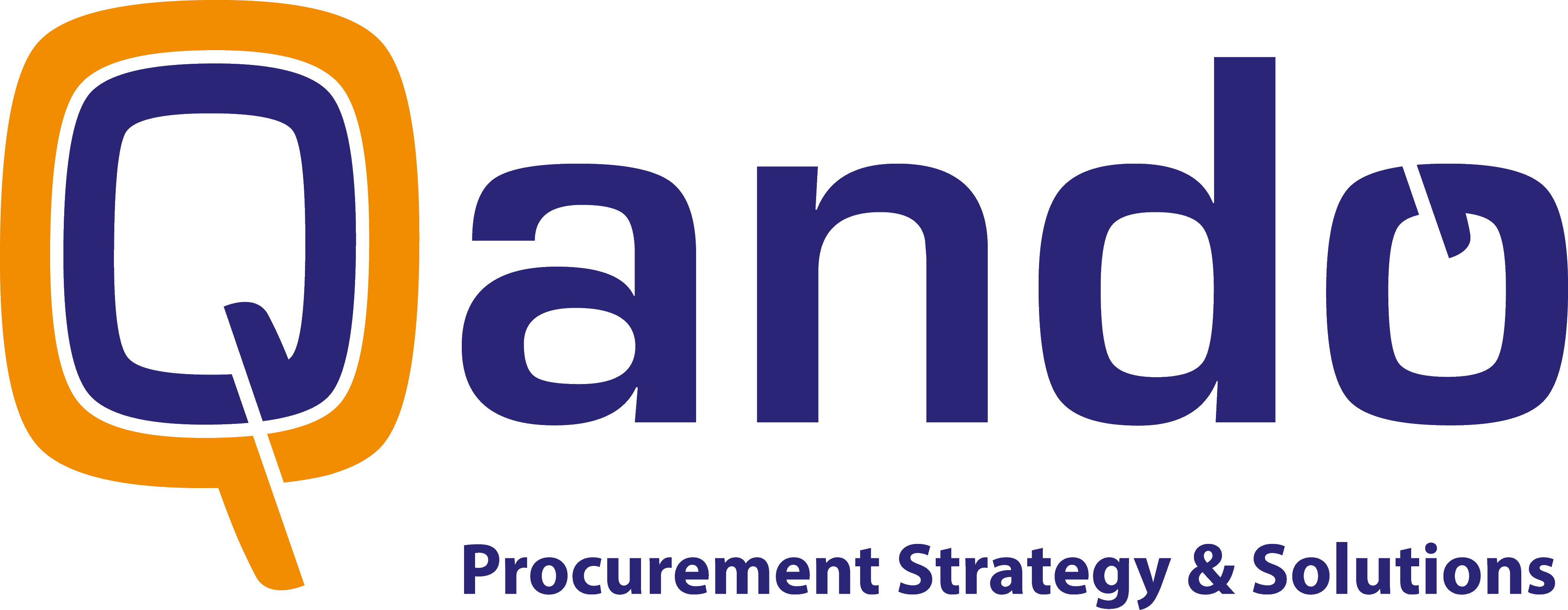Continuing improvement is something that every procurement organization strives for. The question is how do you realize this? How can you ensure clear goals that are carried out among employees? What appointments do you arrange and in which manner do you discuss them within the team? Which steps do you have to take during the year to achieve the goals? This article describes how to provide continuous improvement through procurement performance management in five steps.
1. Strategy
There should be clarity about the goals of the organization and consequently the goals of procurement. Shortly, what is the mission and vision of procurement and how does this match the goals of the organization? These goals should then be translated to the different purchasing / category teams, so that there is a clear picture of what is expected of them.
2. Management model
A widely used management model to operationalize mission and vision is Balanced Scorecard (BSC) which is developed by Kaplan and Norton (1992). The strength of the BSC is that it brings together the essence of the organization/department into one scorescard. The BSC discusses four perspectives: Financial perspective, Customer Perspective, Internal Process Perspective and Learn- and Growth Perspective.
Considering a procurement department, it is important to add one perspective, namely the Supplier perspective. This is one of the most important issues in which a procurement department is involved daily. For the Customer perspective, the procurement department is meant for the internal customer. It is also important to look at the relationships between these perspectives.

Image: Example dashboard (fictive data)
These relationships can be made insightful through input, throughput and output in a procurement process. In the figure below, the above relationship has been elaborated for the Financial Perspective. Input is in this example "spend under management", troughput are the initiatives that are initiated after spend analysis, these initatives ultimately lead to output in the form of savings.
Other examples of input include: Capactiy of procurement employees, Quality of the supplier file, Spend under management. With throughput, there is meant: Source2Contract, Purchase2Pay and Initiatives Management. Output is in this case: value creation, customer satisfaction and good supplier relationships. By making relationships clearer, it becomes clear which steps have to be taken to achieve the ultimate goals.
3. Target setting
It is common to link Key Performance Indicators (KPIs) to the mentioned examples; These KPIs need to be linked to targets. These targets should be realistic and ambitious. Ideally, the procurement professionals themselves come up with a proposal for these targets, which should then be challenged by the Management Team (MT) members. This process should be started early, so that targets are known at the start of the new year. These targets can serve as input for the buyer's annual plans.
4. Procurement Intelligence – the brain of procurement
Through the right business intelligence tool, performance indicators (ideally) with real-time data should be insightful for all employees of the Procurement Department. It is therefore important that the data is reliable and properly displayed visually. Then, the discussion can be conducted on the relevant important matters which deliver added value.
5. Performance Dialogue
Even though, there is such a good information, ultimately the team leaders and buyers have to start with it. In order to achieve the goals of a procurement organization, a good dialogue must therefore be pursued.
Based on the management model and the KPIs, a monthly conversation must be conducted at team level; This concerns the performance dialogue. The Performance Dialogue is a structured conversation with the team about results, goals and how they are achieved. The purpose of this dialogue is to improve performance by:
- Learn from past performance;
- Share experience and suggestions for improvements with colleagues;
- Make appointments about which improvement actions are taken by who;
- To be proactive by looking ahead together and strengthening ownership.
The intention of the Performance Dialogue is to create focus, talk about performance, facilitate the follow-up of ideas and actions, learn from each other's experiences, identify causes of problems, ask for help, and to provide support in realization of customer value. All this aspects have to be done in a short and dynamic setting.
Lessons learned
In cooperation with one of Qando's customers, the above step-by-step plan is ongoing. The following lessons learned come from this:
- Engage the buyers in a timely manner in defining the KPIs and the corresponding targets; when they do not recognize themselves in the KPIs and targets, they will not take any effort in realizing this.
- Just be sure the data is 100% reliable and do not show anything else. This avoids unnecessary time-consuming discussions.
- Management has to expose that they find it important, otherwise there will be no focus on performance management.
- Start timely (November) with formulating the goals for the next year. Thus, at the beginning of the year, it is clear what is expected of everyone within the procurement organization.
- Make sure there are not too many KPIs. This will lose focus.
- Do not manually edit data; in addition to causing unnecessary mistakes, nobody sees what is really going wrong and it will lose the learning effect.
- Make sure that someone is always responsible for a KPI. This increases ownership within the procurement team.
- Make sure that the buyer always dispose of the underlying data; in this way, the buyer understands how the KPI is built up and management on KPIs can be improved.
- Everyone who participates in the performance dialogue should be well prepared, so that a short and effective consultation can be conducted.
Do you need help with setting up or improving procurement performance management within your organization? Please feel free to contact Qando, without any obligation.




